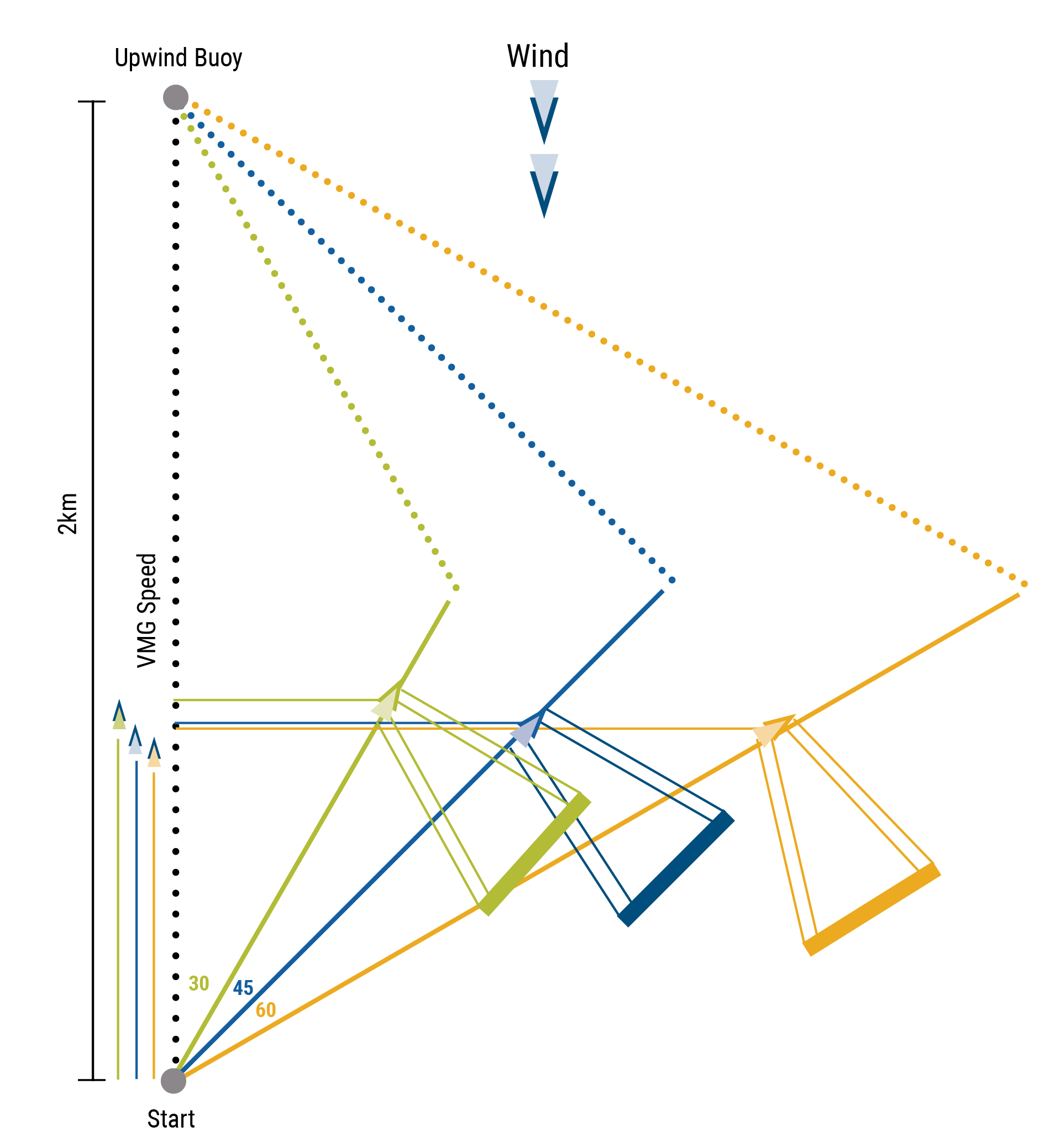The OCIO (Outsourced Chief Investment Officer) industry has seen significant growth in the investment world over the last decade. By using an OCIO, clients can assign discretionary investment responsibilities to an outside firm to manage either some or all the investment functions typically performed internally. An OCIO can help minimize investment, legal and operational risk through comprehensive risk analytics and management.
An OCIO has authority to make time-sensitive decisions without having to seek permission from the board or investment committee, who are typically not investment professionals. This level of responsibility is substantially greater than that of traditional consultants who serve as advisors only, not responsible for decisions, execution, operational processes, or results. An OCIO gives the investment committee back its time previously spent on making investment decisions, so that they are better able to focus on their internal operations and duties.
With the growing popularity of OCIO, there are now new key differentiators between what could be considered OCIO 1.0 and OCIO 2.0. OCIO 1.0 may include general discretion and take-over of administrative processes, or simply doing the bottom-line work for the client. On the other hand, OCIO 2.0 incorporates complementing the client’s existing governance structure. In other words, an OCIO 2.0 will offer the client flexibility and customization in terms of the investments in their portfolio, the level of discretion provided, reaching the unique goals and requirements of the client, and the investment vehicles available.
An OCIO 2.0 will typically assume discretion in setting up and managing the portfolio, including but not limited to:
- Tactical asset allocation
- Manager selection
- Due diligence on investment managers, strategies, and vehicles
- Performance monitoring and customized reporting
- Risk and investment cost management
- Client education
- Custodian management
- Corporate governance
- Operational processes
- Accounting controls
- Tax management
- IPS structuring
- Other administrative tasks
What does it take to differentiate a good OCIO from a great one? The most important aspects of a great OCIO, or OCIO 2.0, are its flexibility and customization. A great OCIO should provide a portfolio and program that meets each client’s specific organizational preferences in ongoing governance and decision making. Also, the OCIO will work with the investment committee and board members to structure an IPS. An OCIO 2.0 will offer the client an education on all work with its portfolio and accounts.
All clients are unique in what they are striving for with different levels of risk and return, cash and liquidity needs, spend rates, investment parameters and mission statements. While all clients come to consultants and OCIOs to increase their portfolio valuation over time, it is unlikely that any two clients will have the same goals and requirements beyond that. Perhaps one client is interested in ESG investing, that portfolio would look entirely different from a client’s that is not focused on a mission requiring meeting certain environmental, sustainability, or governance goals. An OCIO 2.0 will offer customized and flexible support to the client and make them feel like an extension of their own team.
This is what the investment consultants at Clearbrook specialize in. Contact us to discuss how we can customize an OCIO solution to drive your investment goals.



